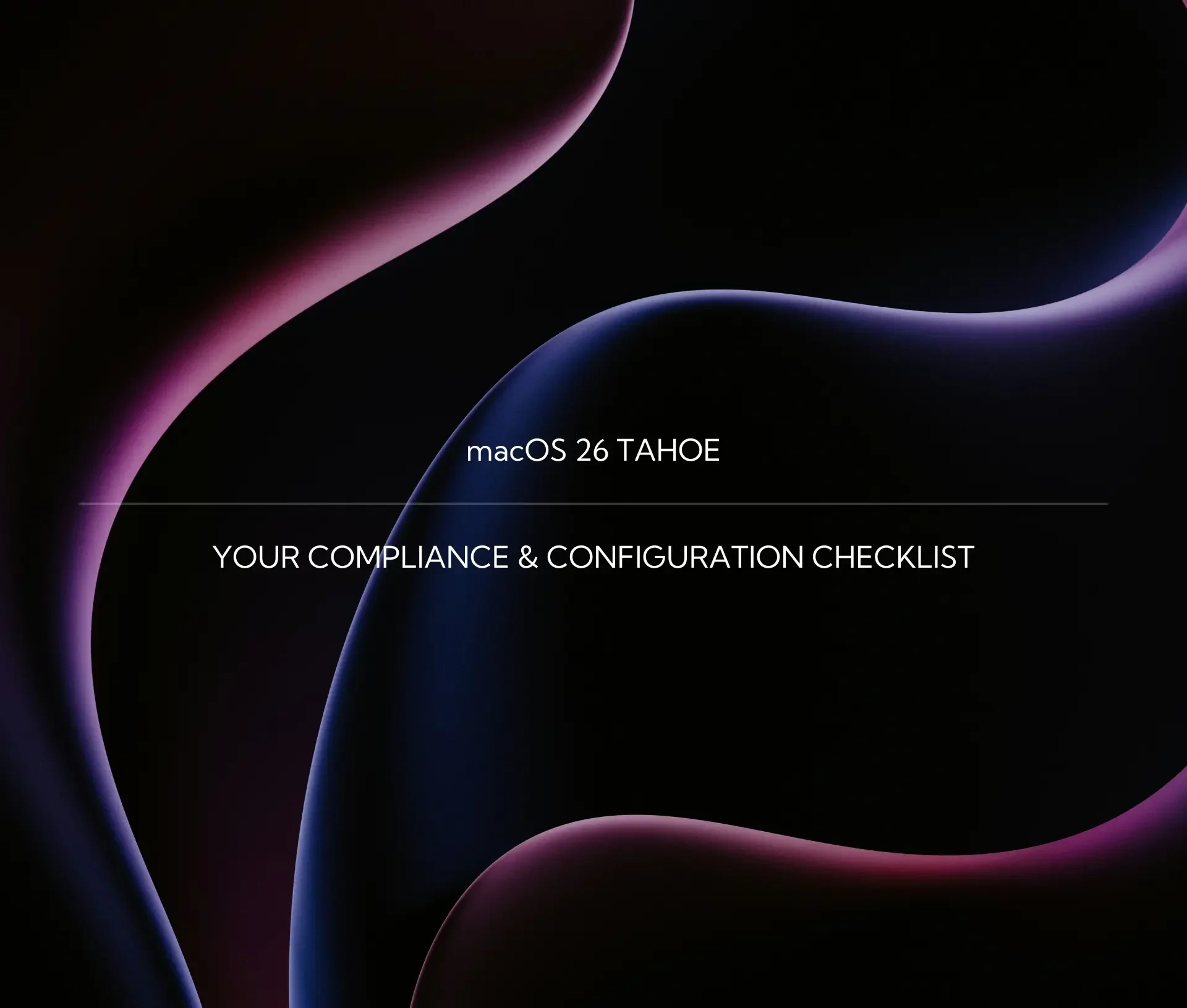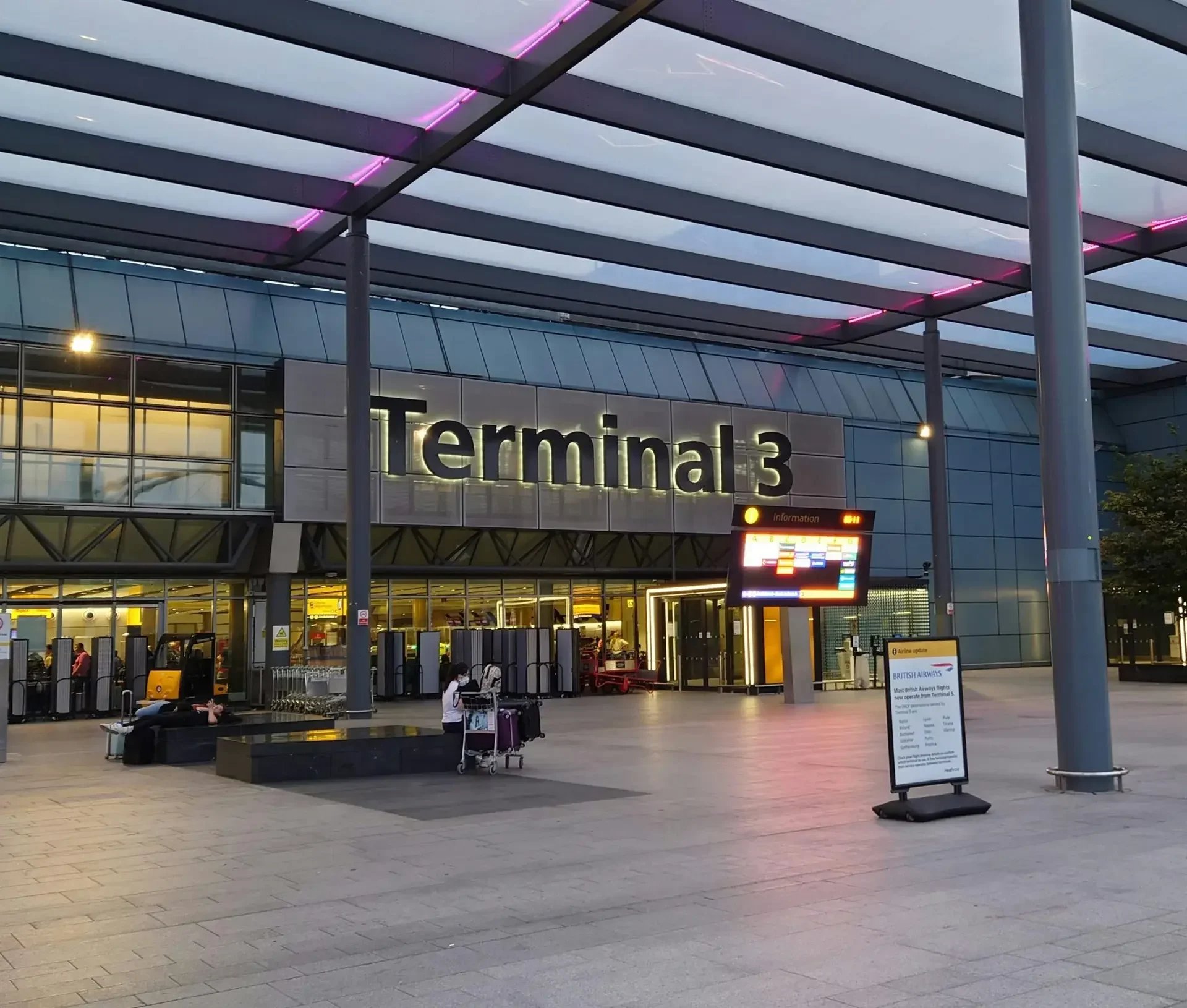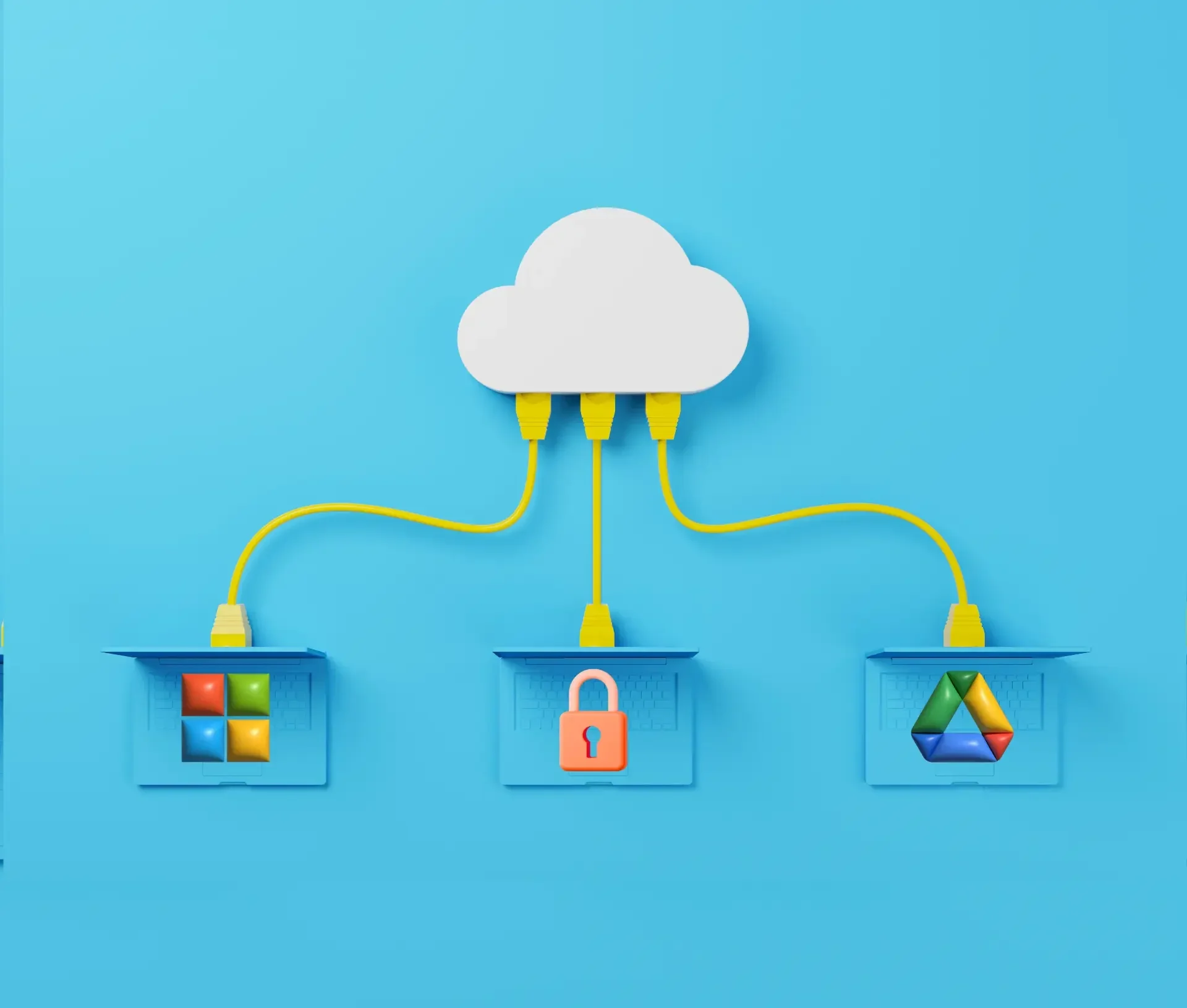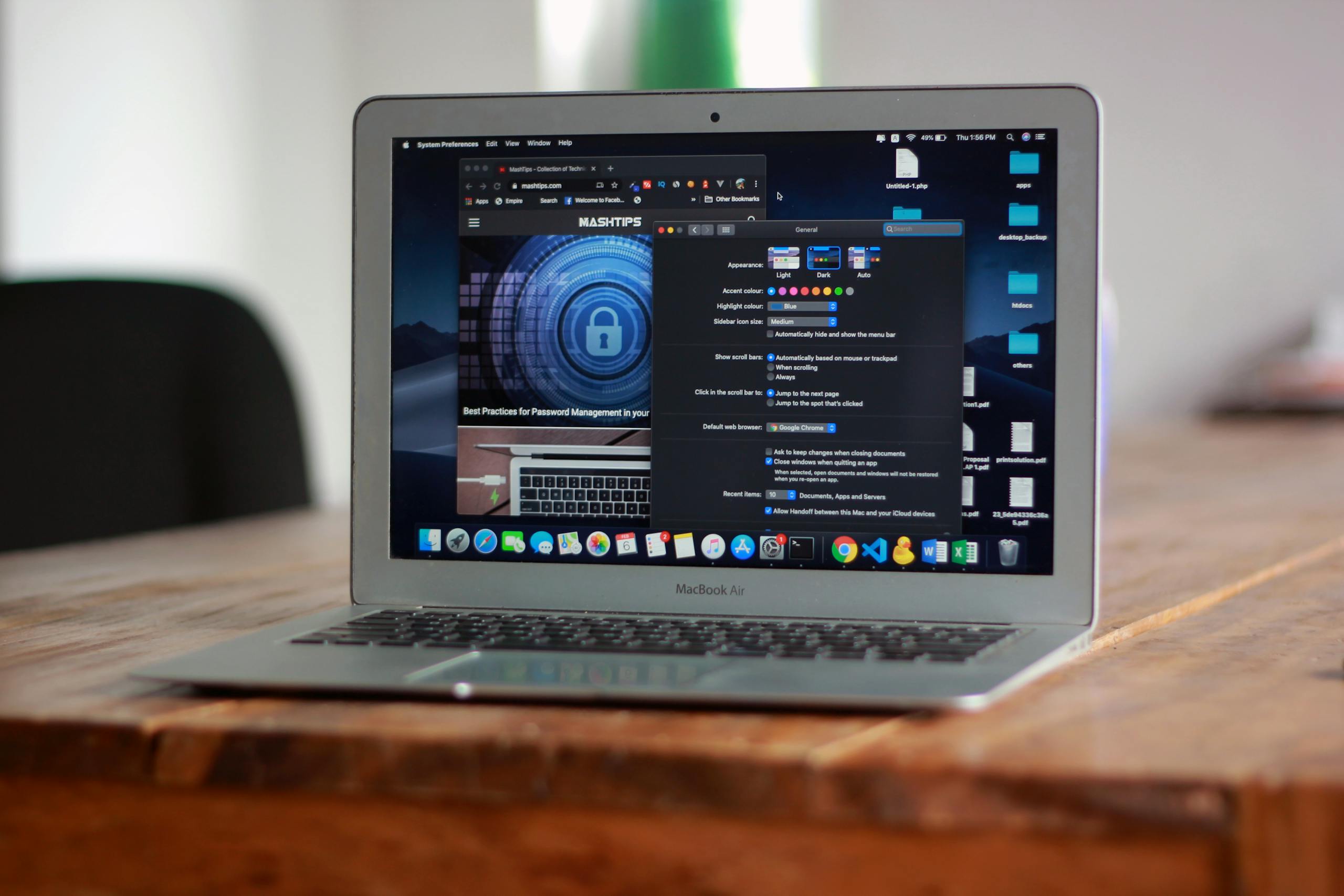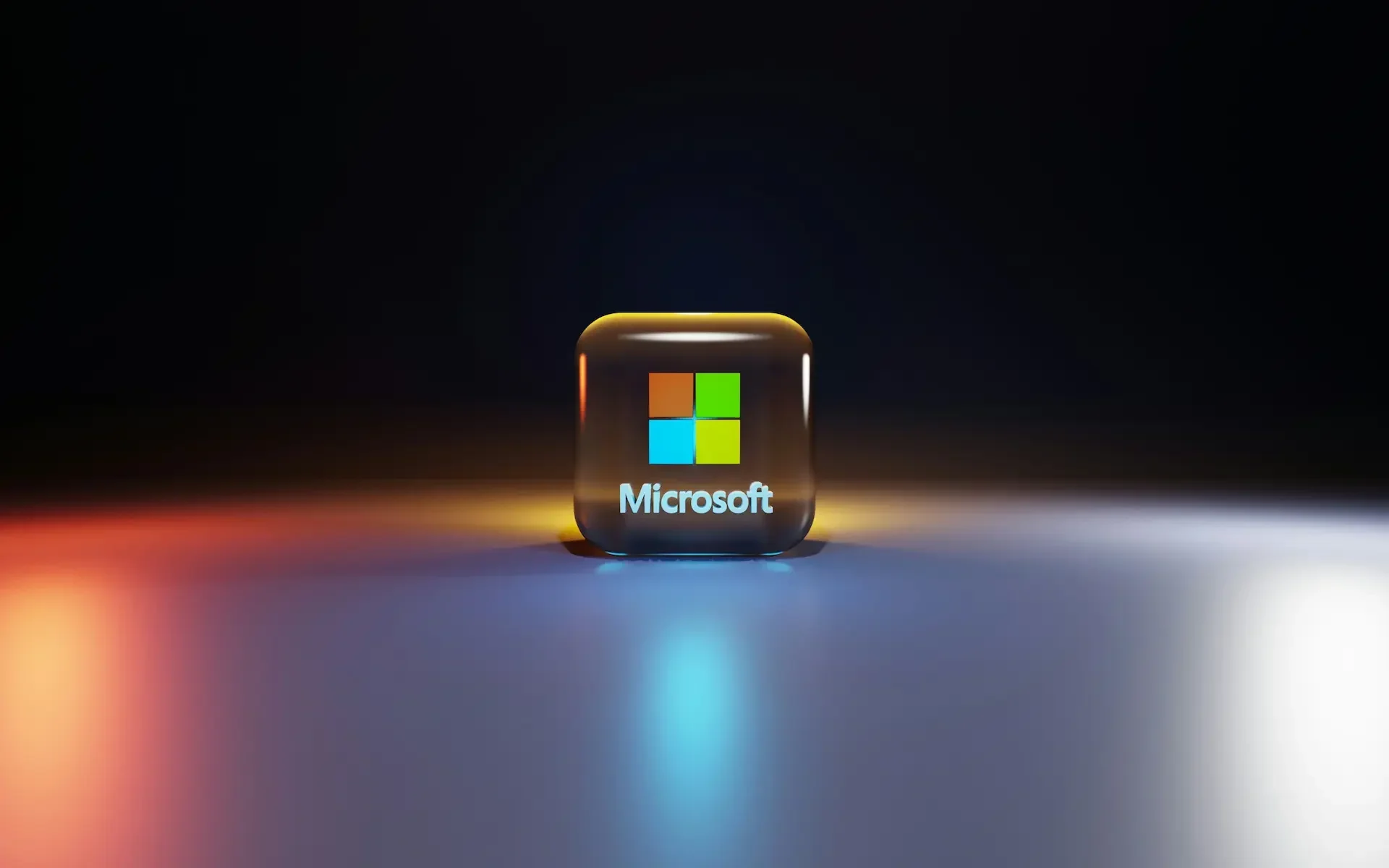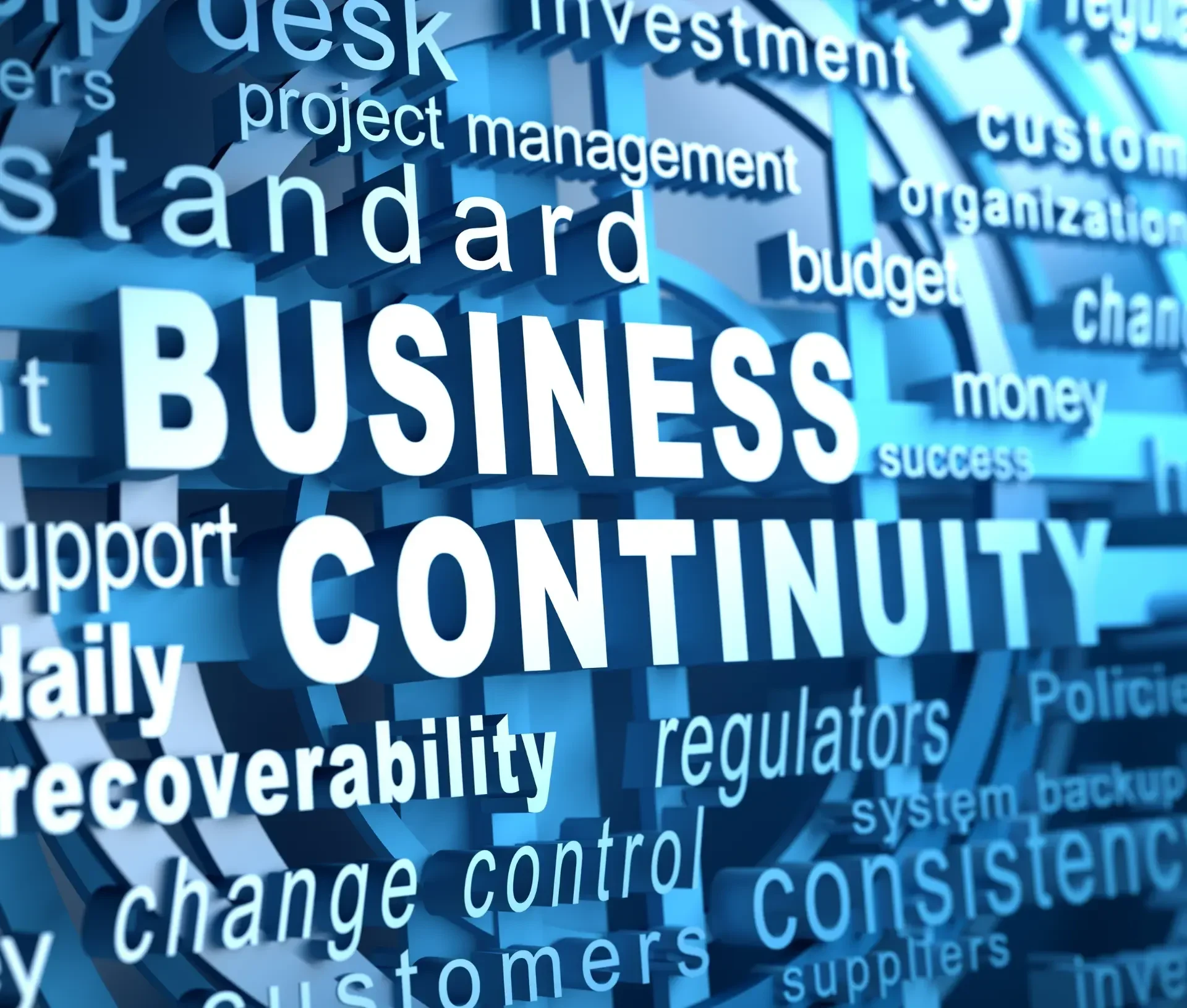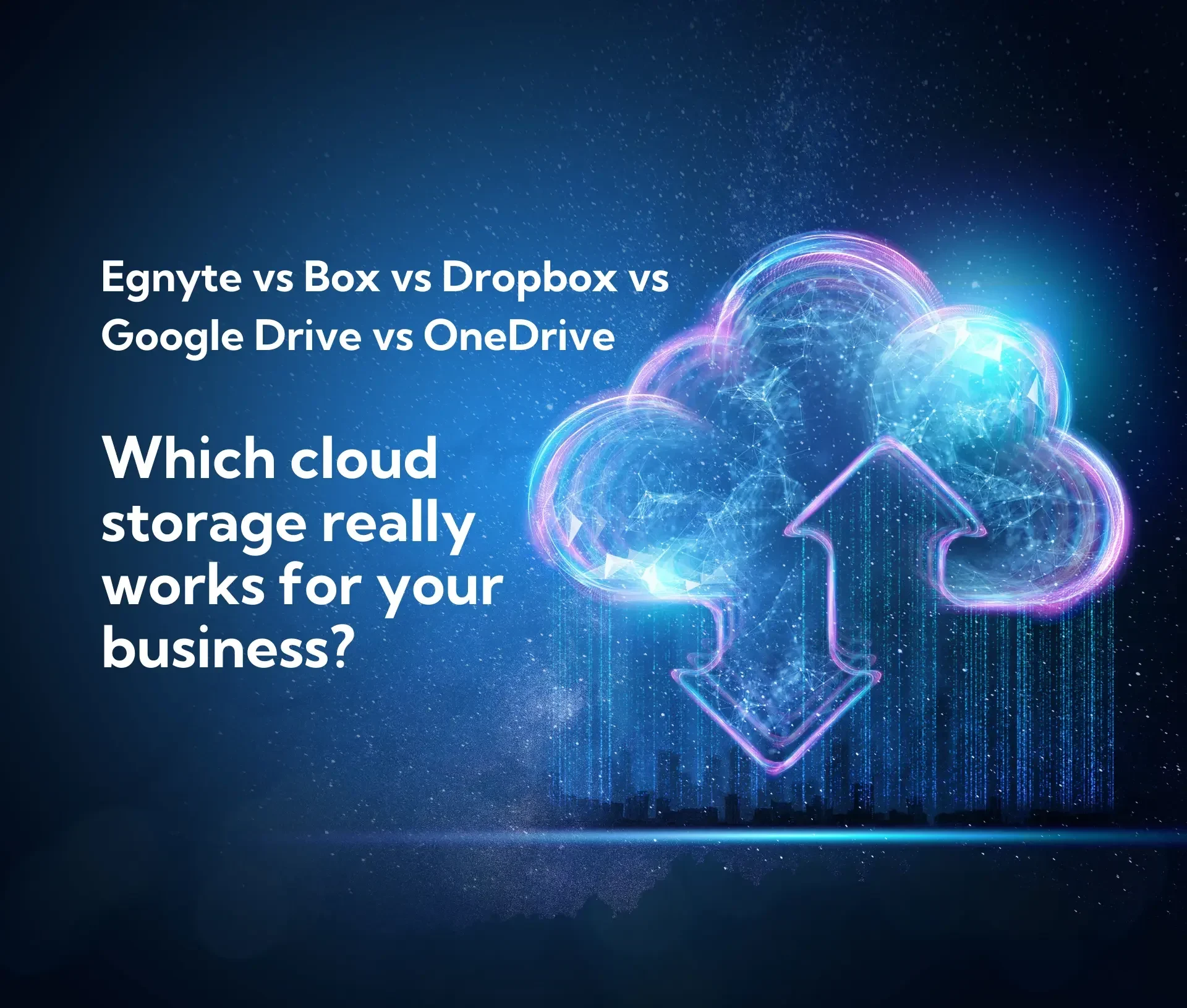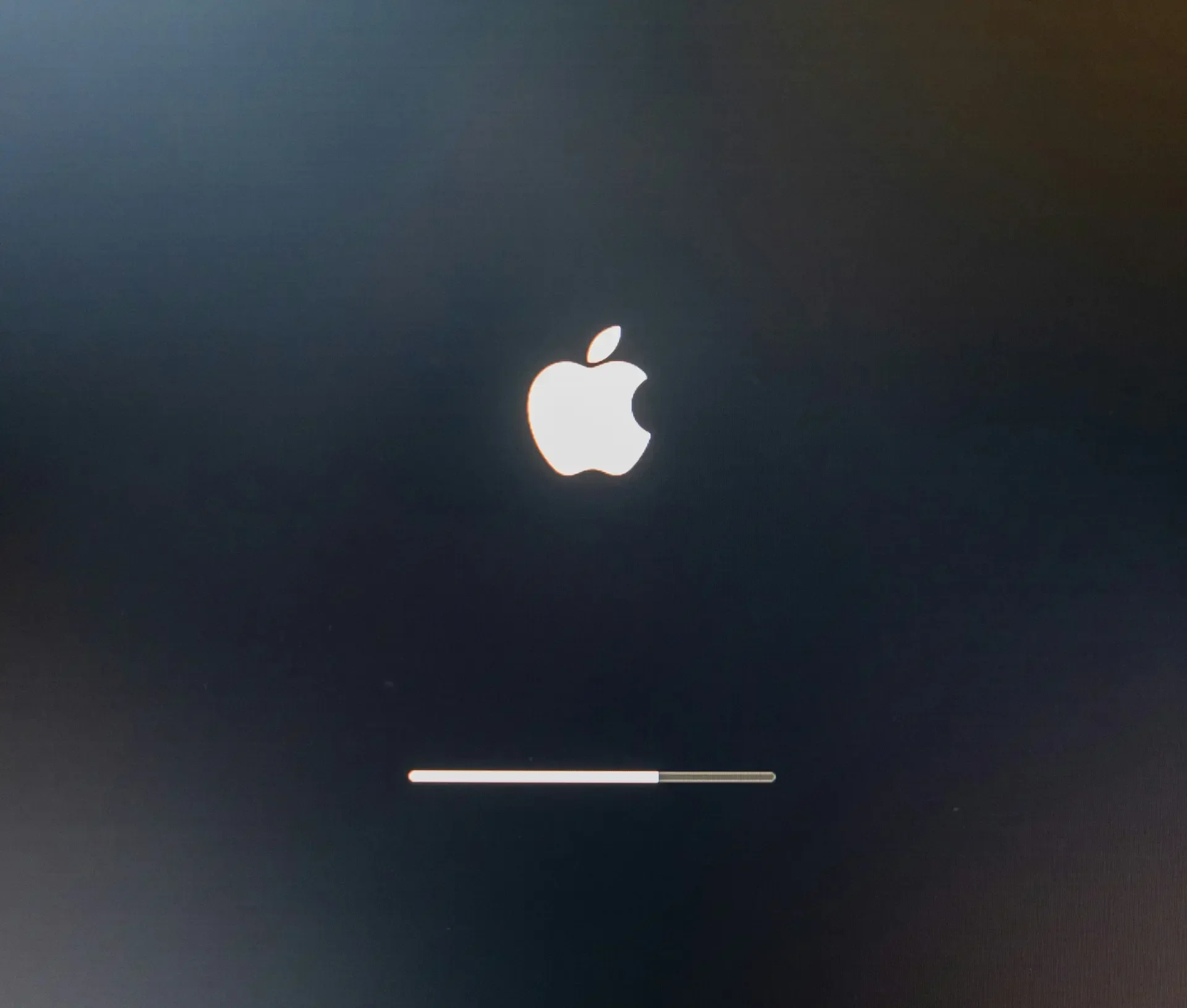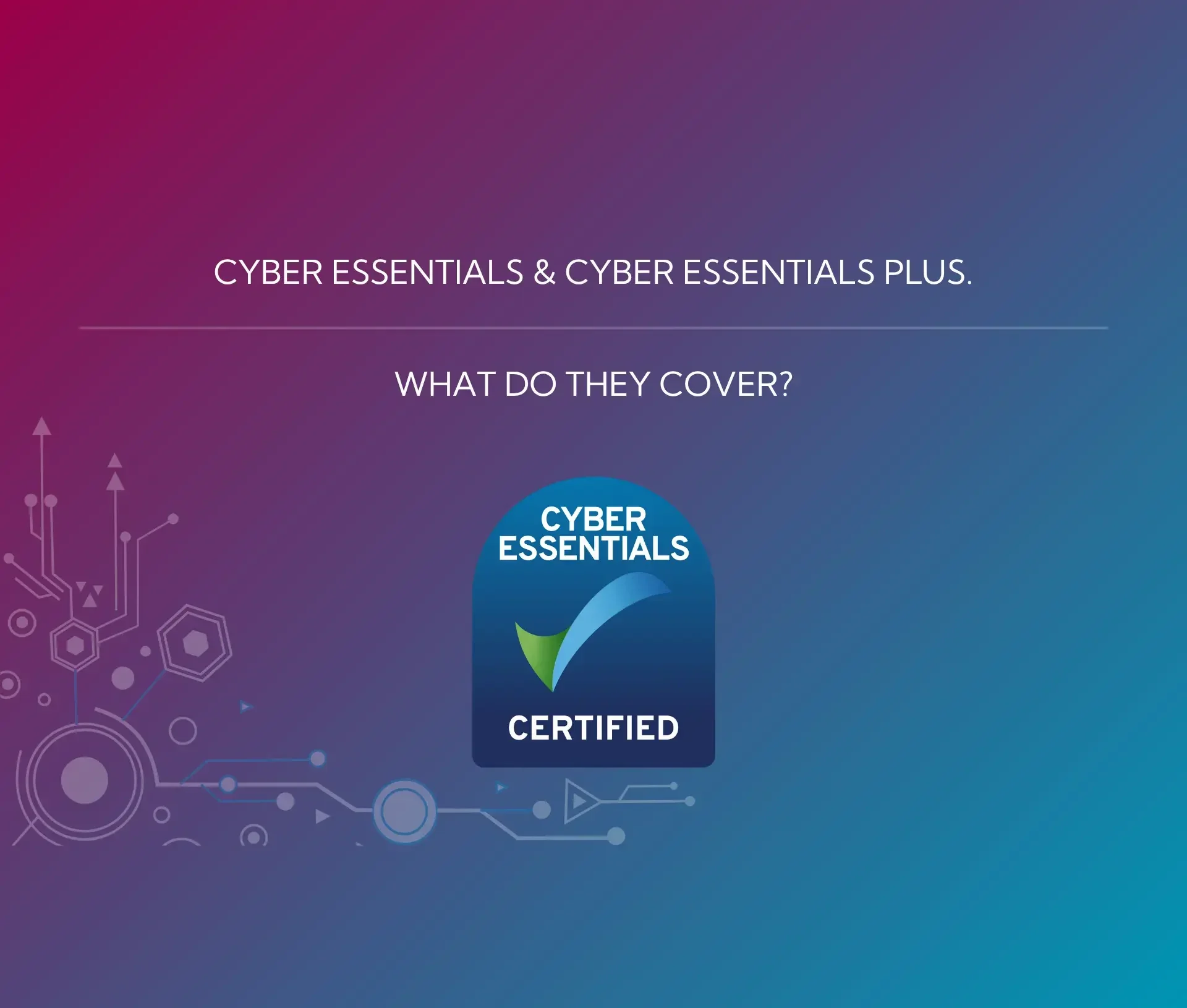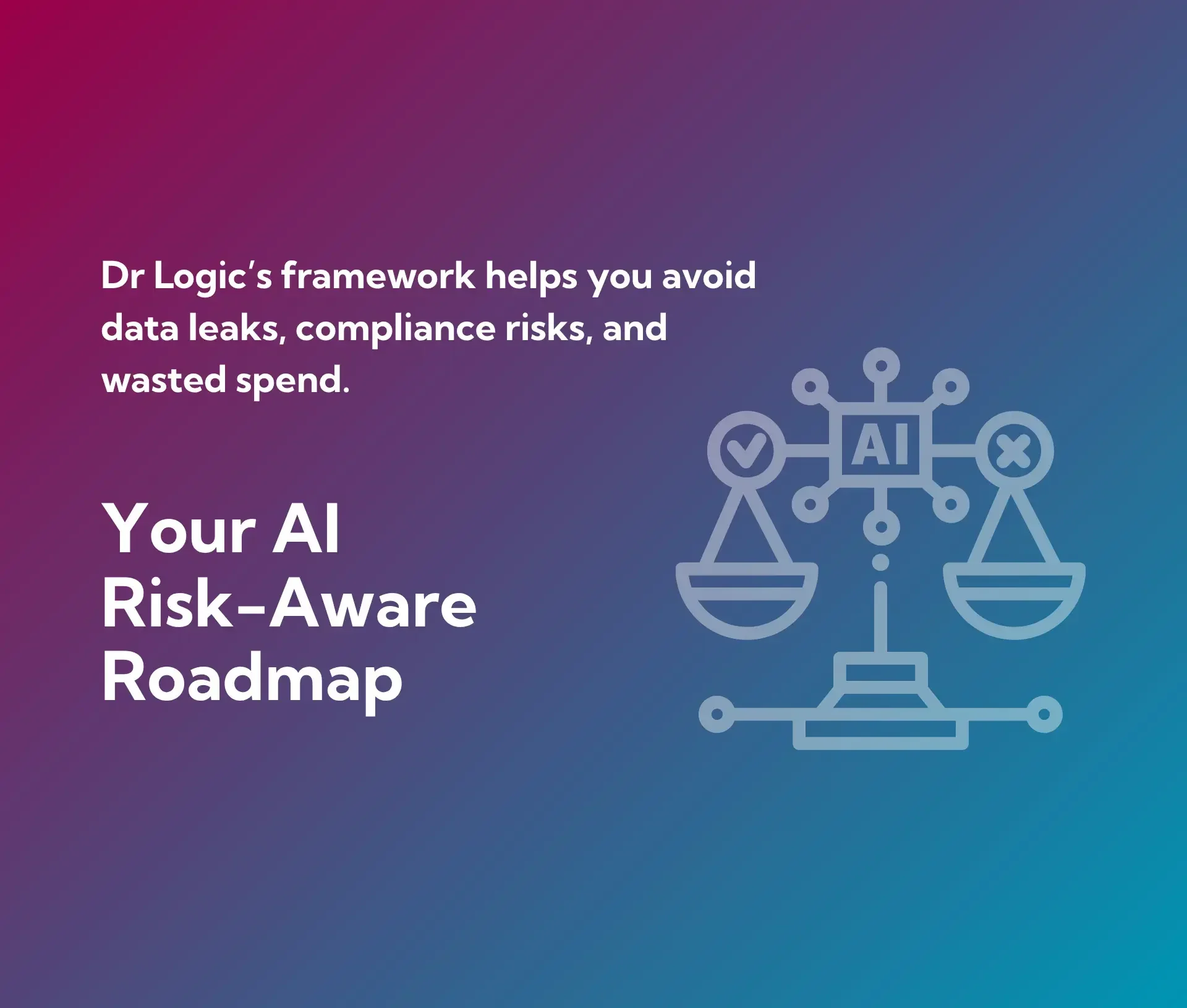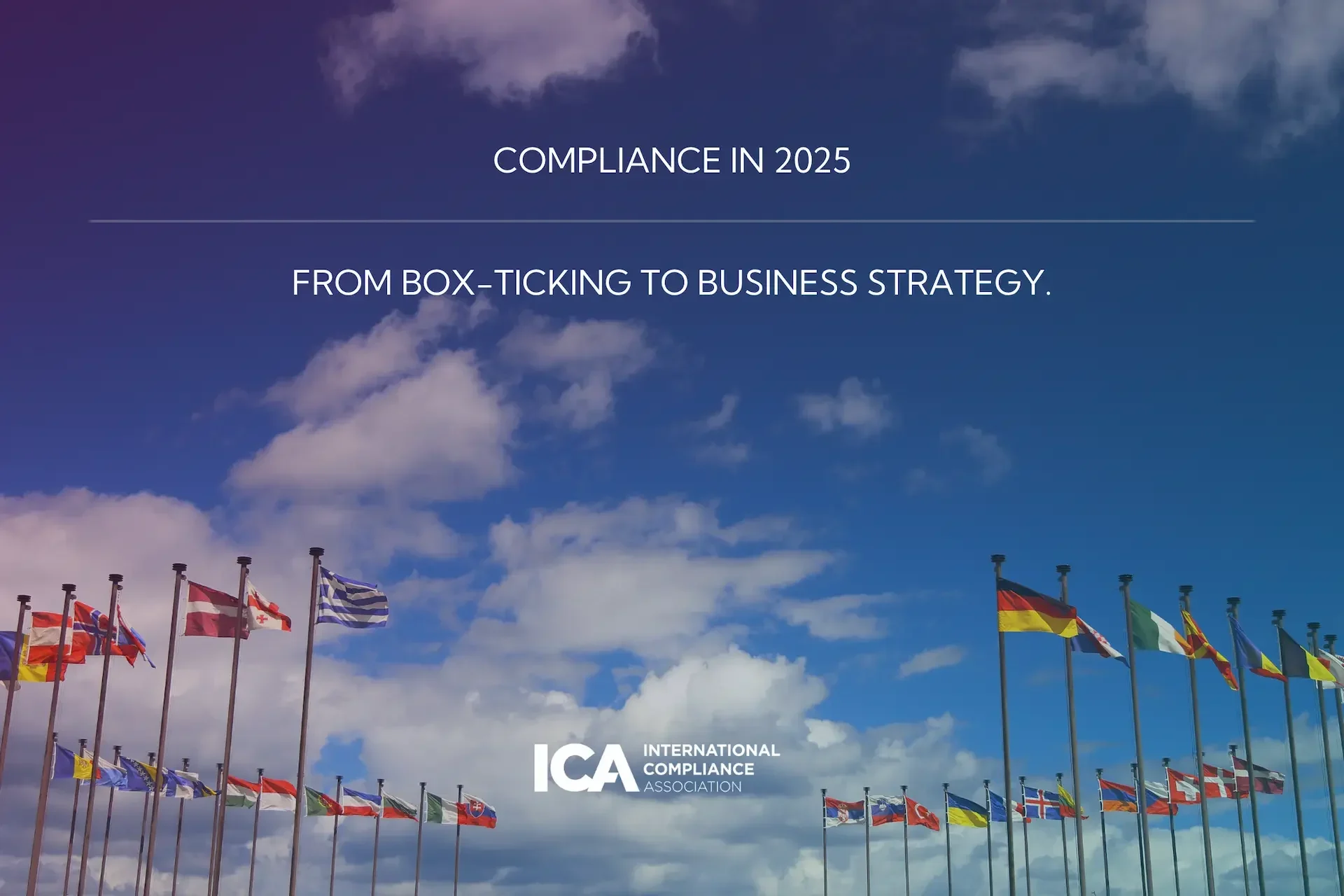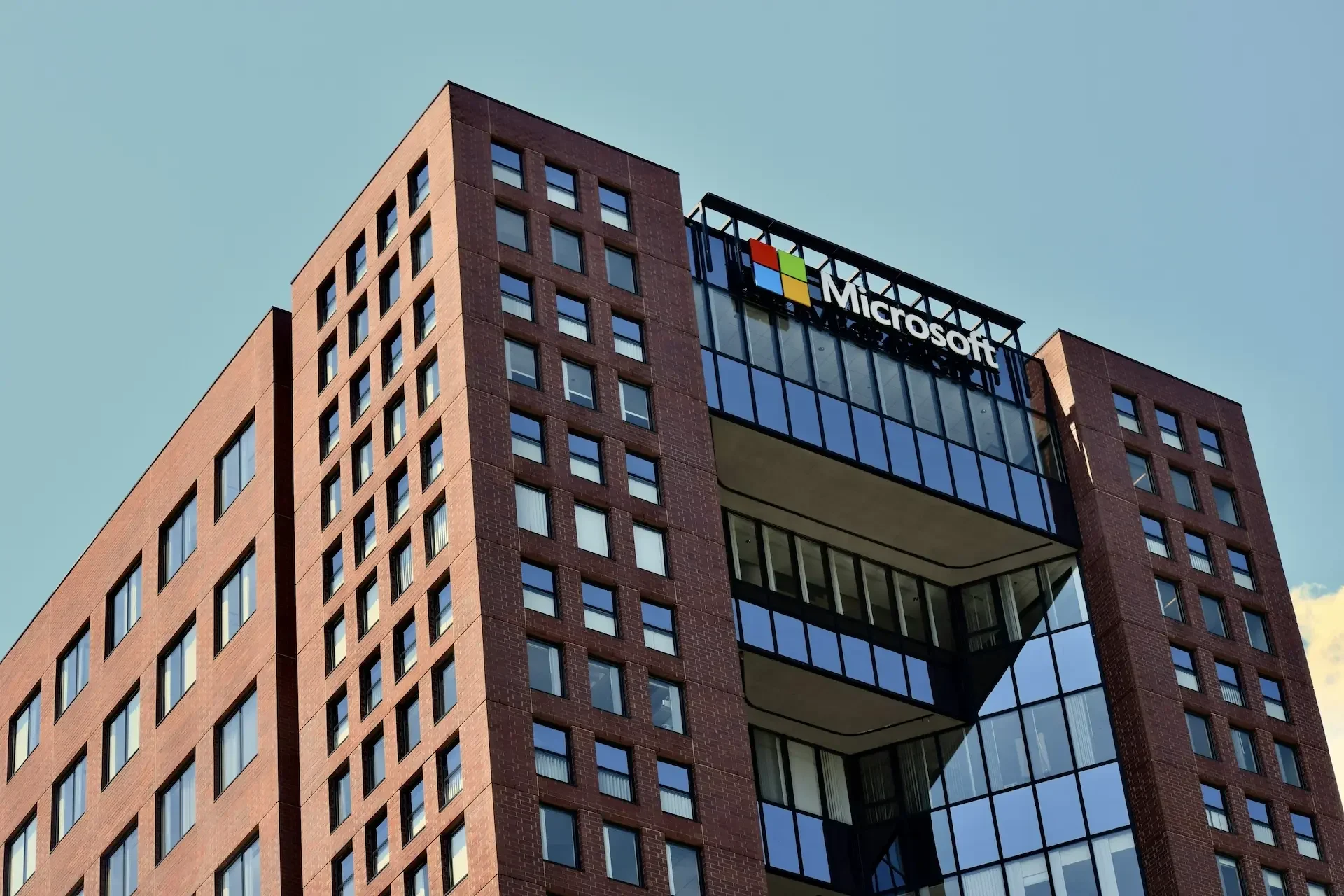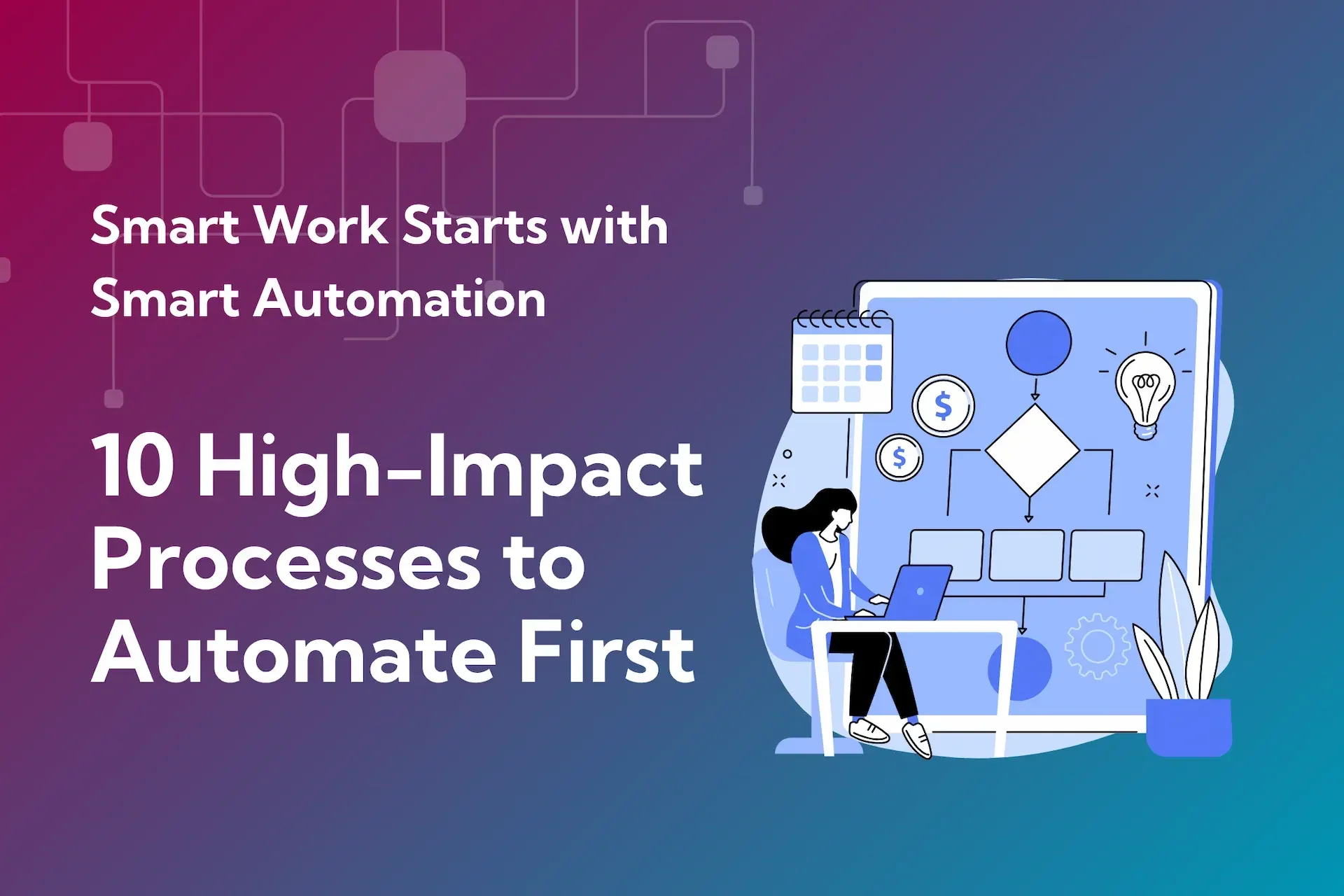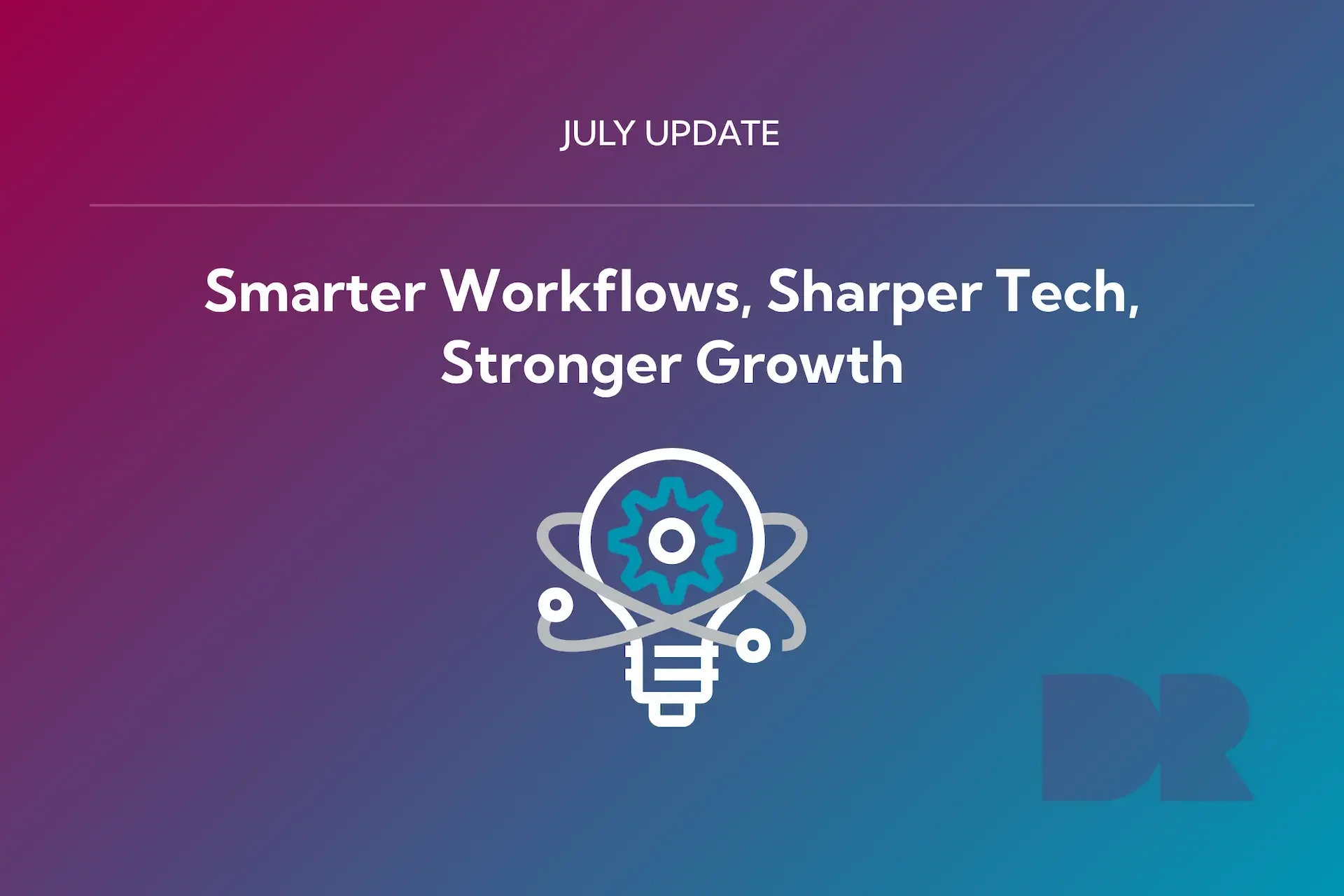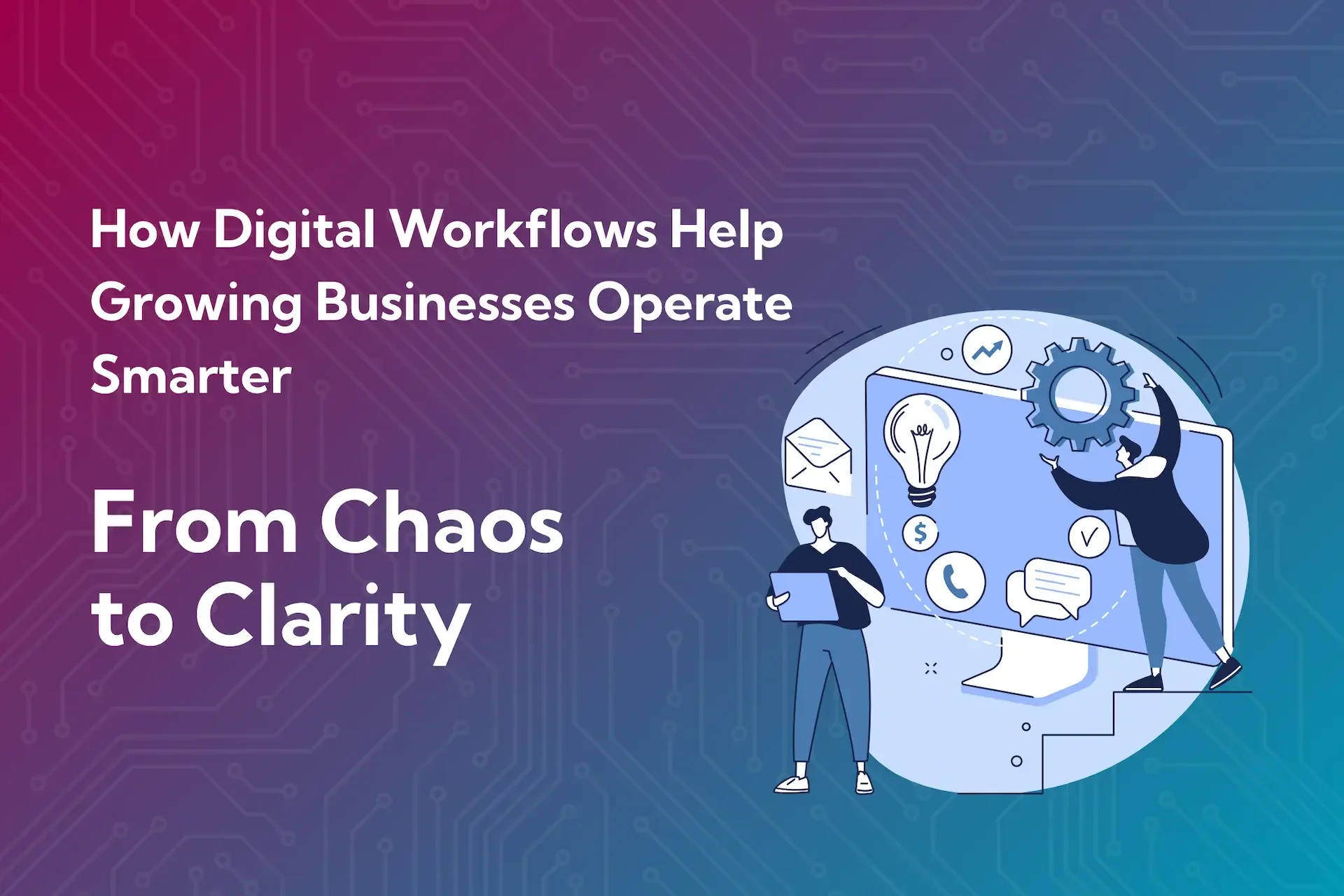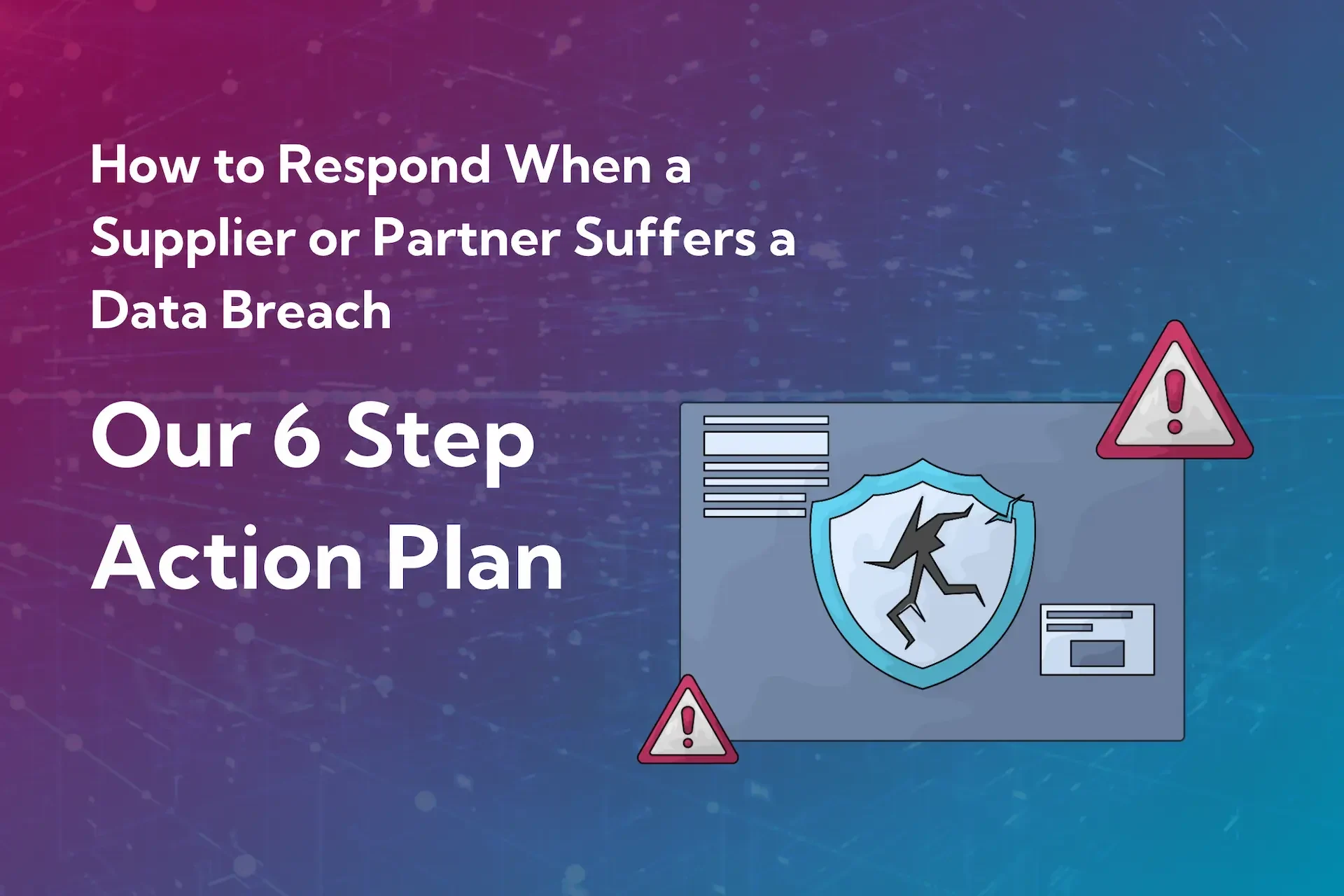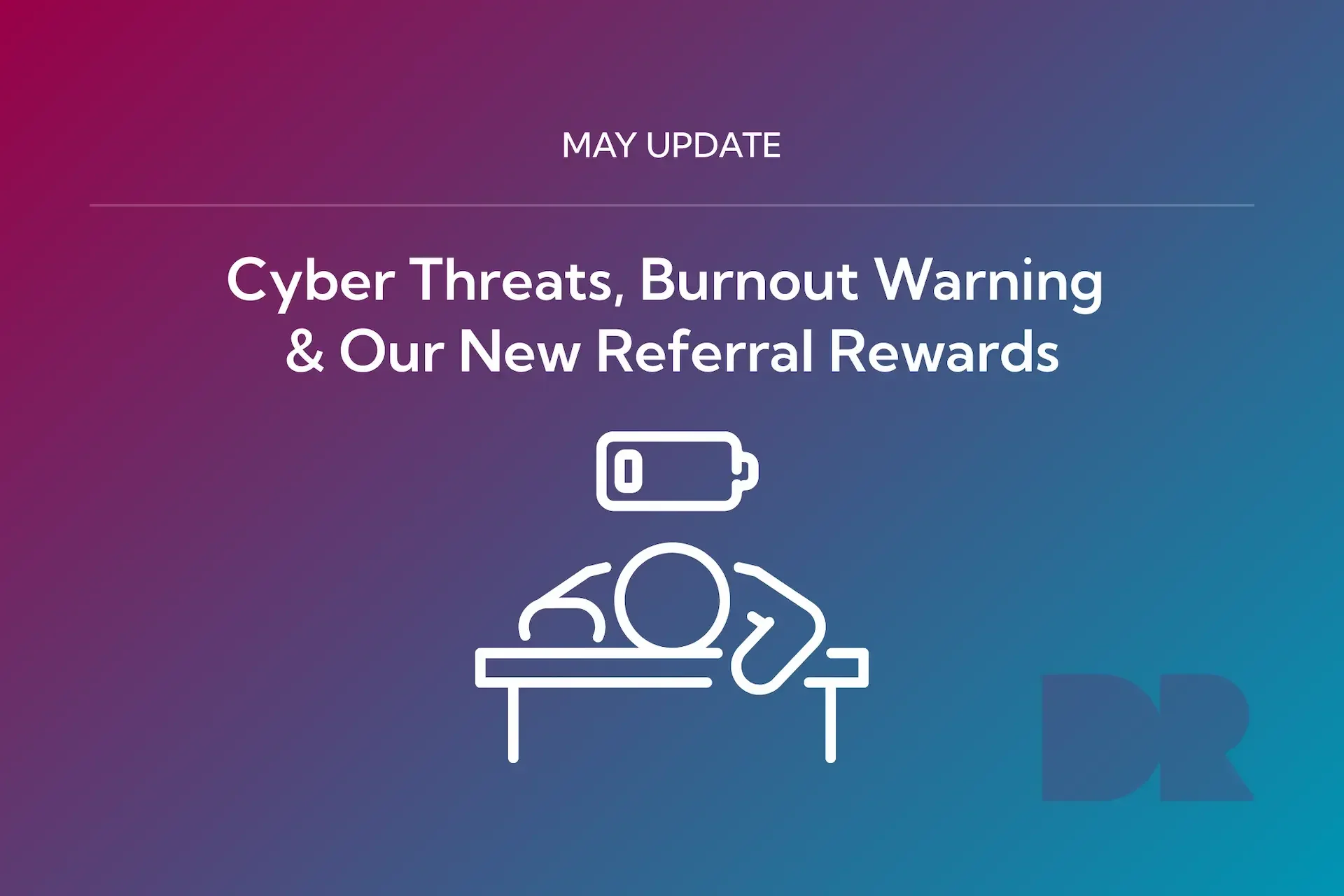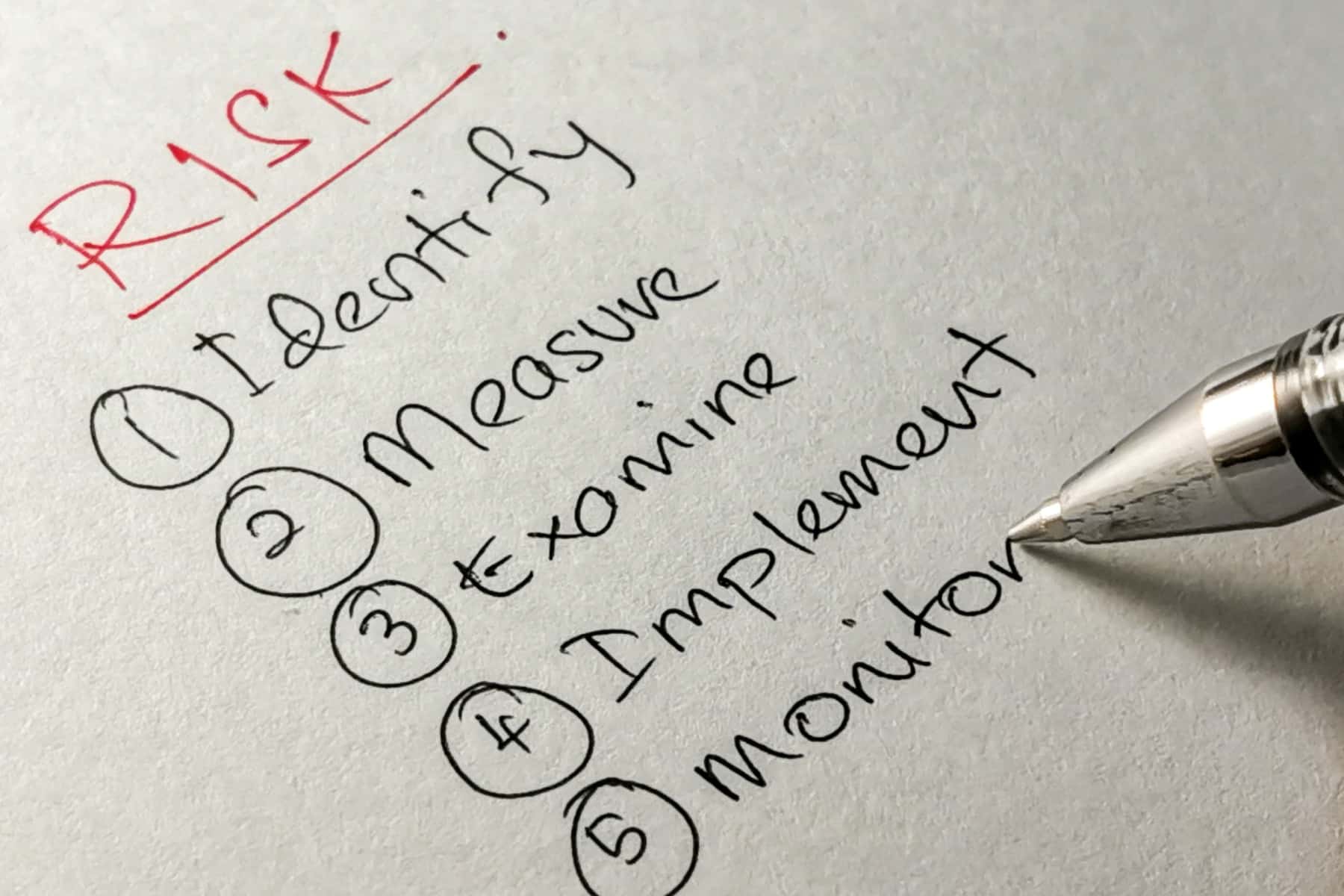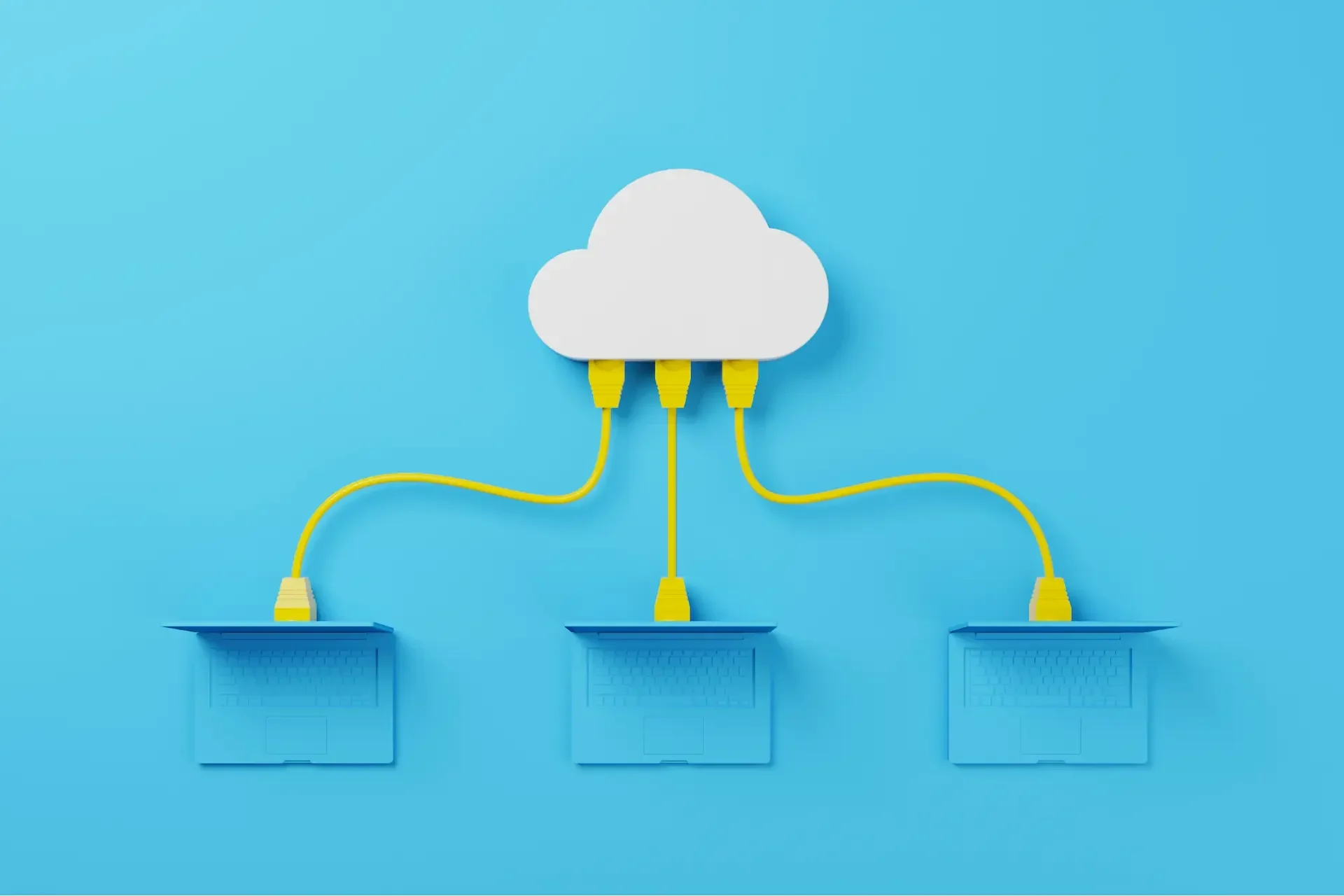7 Expert Tips for Moving Your Business Tech Without the Downtime.
Relocating your office in 2025 is more than just a logistical challenge – it’s a major opportunity to rethink and upgrade how your business works. But when it comes to moving your IT setup, poor planning can quickly lead to lost productivity, downtime, or worse, data loss and security gaps.
Whether you’re scaling into a new space or downsizing for hybrid work, your technology needs to be ready to go from day one. That means careful planning, the right infrastructure, and support from a partner who understands your systems inside and out.
Here’s how to manage your office IT relocation with confidence:
1. When Should You Start Planning Your Office IT Move in 2025?
As early as possible, ideally 3 to 6 months in advance.
IT relocation is more complex than packing up laptops. It requires:
- Coordinating ISPs and network installations
- Auditing and upgrading equipment
- Aligning your tech setup with how your teams now work, on-site, remote or hybrid
Book installations early, involve your IT support partner from the start, and leave time for testing before your team moves in.
2. Why Should You Audit Your IT Setup Before the Move?
An office relocation is the ideal moment to declutter and modernise your stack.
In 2025, many businesses are moving away from on-premise infrastructure toward cloud-based platforms, unified communications, and scalable device management.
Use your move to:
- Assess whether your current setup meets future demands
- Retire legacy hardware
- Return unused leased equipment
- Migrate more services to the cloud
3. What Infrastructure Should You Prioritise in Your New Office?
In 2025, reliable infrastructure is essential for security, collaboration, and performance.
Focus on:
- Power and data points – Are there enough, and are they in the right locations?
- Structured cabling – Is it pre-installed or does it need planning?
- High-performance Wi-Fi – Crucial for hybrid teams, cloud tools, and video calls
- Business broadband – Never assume availability, check early and upgrade if needed
- VoIP or cloud phones – Offers more flexibility than traditional landlines
Plan now to avoid patchy coverage, delayed installs, or costly retrofits later.
4. What Should You Know About the New Office Before Moving In?
Whether it’s a private office or shared workspace, get ahead of potential IT issues.
If you’re moving to a private office:
- Check which internet providers operate in the building
- Run a mobile signal test for backup connectivity
- Assess Wi-Fi coverage and switch or router placement
- Review whether your current hardware can support a larger space or growing team
If you’re joining a co-working or managed office (like WeWork or Workspace):
- Confirm what IT services are included
- Understand Wi-Fi login, device policies, VPN access, and printing setup
- Check if you can bring your own server or storage if needed
- Clarify who provides support, your team or theirs
5. How Should You Back Up Your Systems Before a Move?
Backups are essential, especially in 2025 when businesses rely on real-time, cloud-based operations.
Before moving day:
- Back up all systems to secure offsite or cloud storage
- Verify that backups are accessible and working
- Document recovery steps in case something fails
- Consider introducing cloud file platforms if you’re not already using them
This is also a good time to review your cyber resilience strategy.
6. Why Should You Let Your IT Partner Handle the Tech Move?
Because your technology is too important and too complex to trust to a general removals team.
Letting your IT partner manage the move means:
- Hardware is labelled and logged correctly
- Devices are disconnected safely
- Everything is packaged securely for transit
- Systems are rebuilt, tested, and reconfigured quickly at the new site
You also avoid costly misunderstandings, such as someone unplugging your server without backing it up or forgetting to pack vital components.
Pro tip: Confirm your insurance covers IT equipment during transit. If not, add temporary cover for the move.
7. What Should You Test Before Going Live in the New Office?
Your goal is zero disruption on day one. Before your team starts work:
- Test internet connectivity and speed
- Check Wi-Fi coverage in every area
- Access shared drives, printers, cloud platforms, and conferencing tools
- Log in from multiple departments and devices
This is your final opportunity to identify and fix issues before your team returns to work.
Why Your 2025 Office Move Needs a Tech-First Plan
Your IT systems are the backbone of your business, and your office move should improve how they perform, not interrupt them.
A tech-first relocation in 2025 gives you:
- No downtime
- A more secure, scalable setup
- A confident, productive team from day one
At Dr Logic, we help businesses move without the chaos. We design smarter, more resilient IT systems tailored to how your team works.
Thinking of relocating in 2025? Talk to our team.
We’ll help you plan every detail so your IT is ready to go the moment you walk through the door.
FAQs
How do I plan an IT relocation for my business in. 2025?
Start planning three to six months in advance. Work with your IT support partner to audit your setup, book internet installations early, and test everything before go-live.
What should I check in my new office before moving IT equipment?
Check broadband availability, Wi-Fi coverage, mobile signal, cabling infrastructure, and space for key hardware like switches and routers.
Should I upgrade my tech stack during an office move?
Yes. An Office move is a great time to modernise your devices, move to the cloud, and simplify legacy infrastructure.
Can a general removals company move IT equipment?
They can move boxes, but not your infrastructure. Use your IT support partner to manage the disconnection, transport, and setup safely.
How do I reduce downtime when relocating my business IT setup?
Plan early, back everything up, test your systems before staff arrive, and get your IT provider involved from the start.







